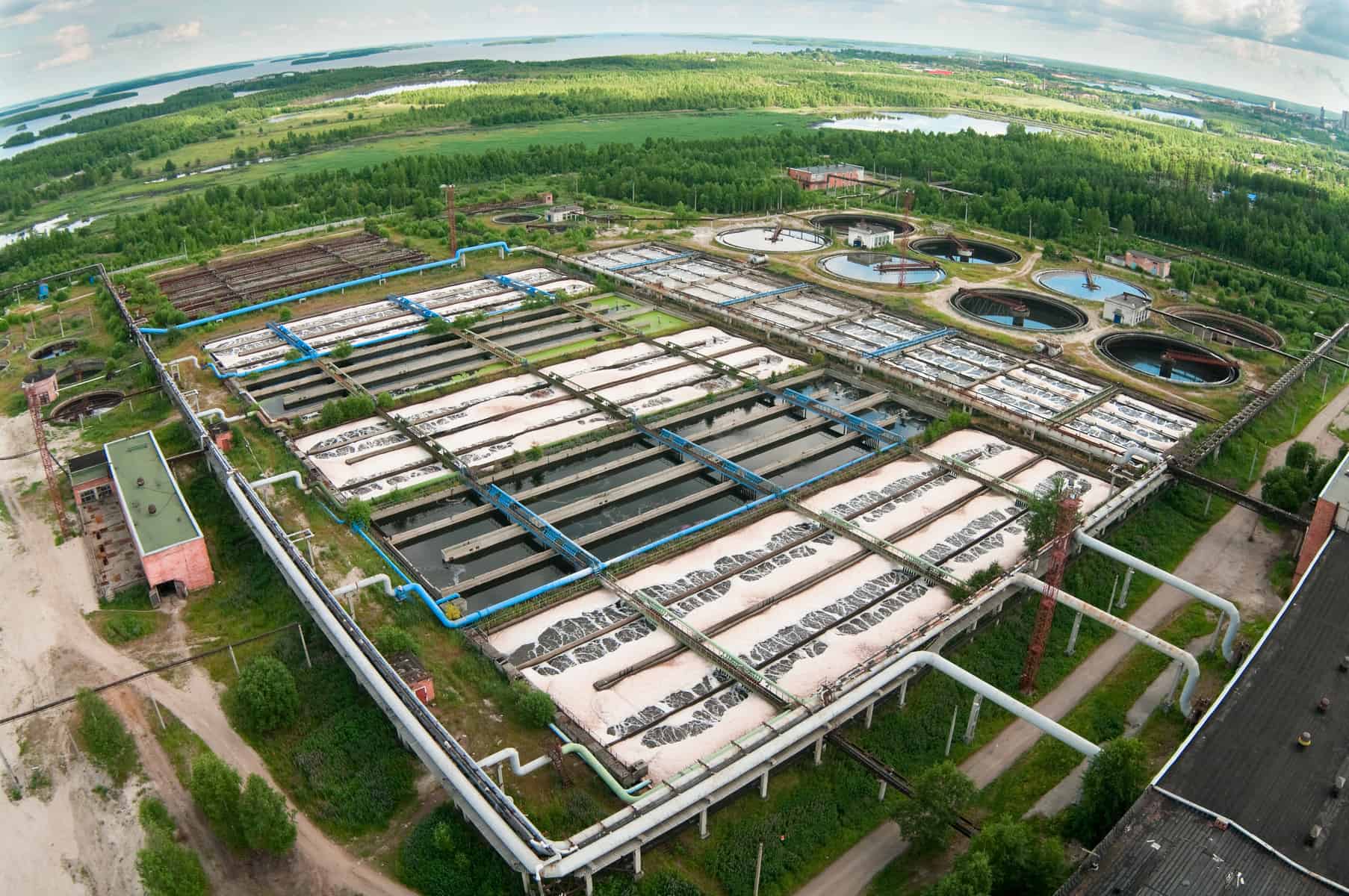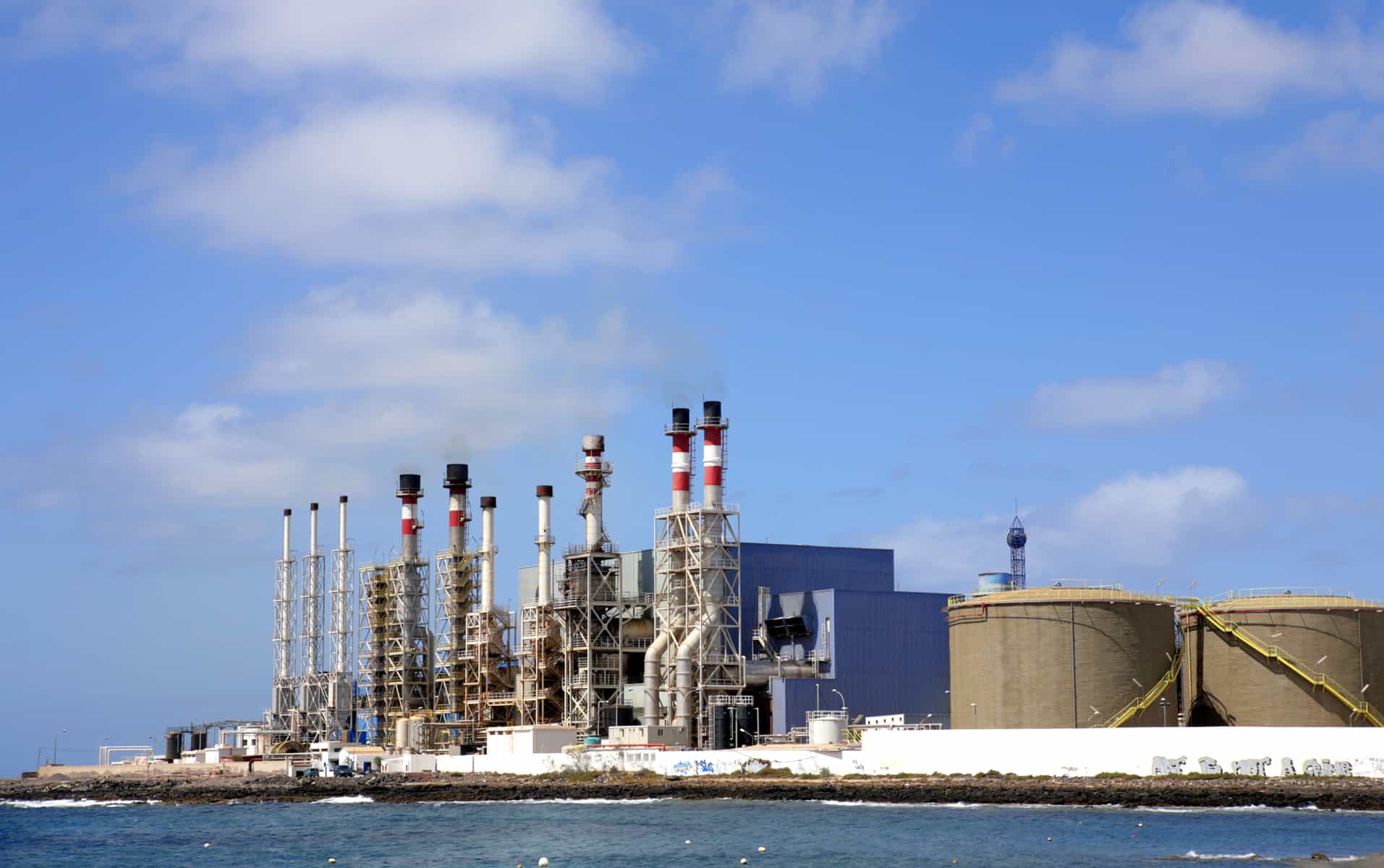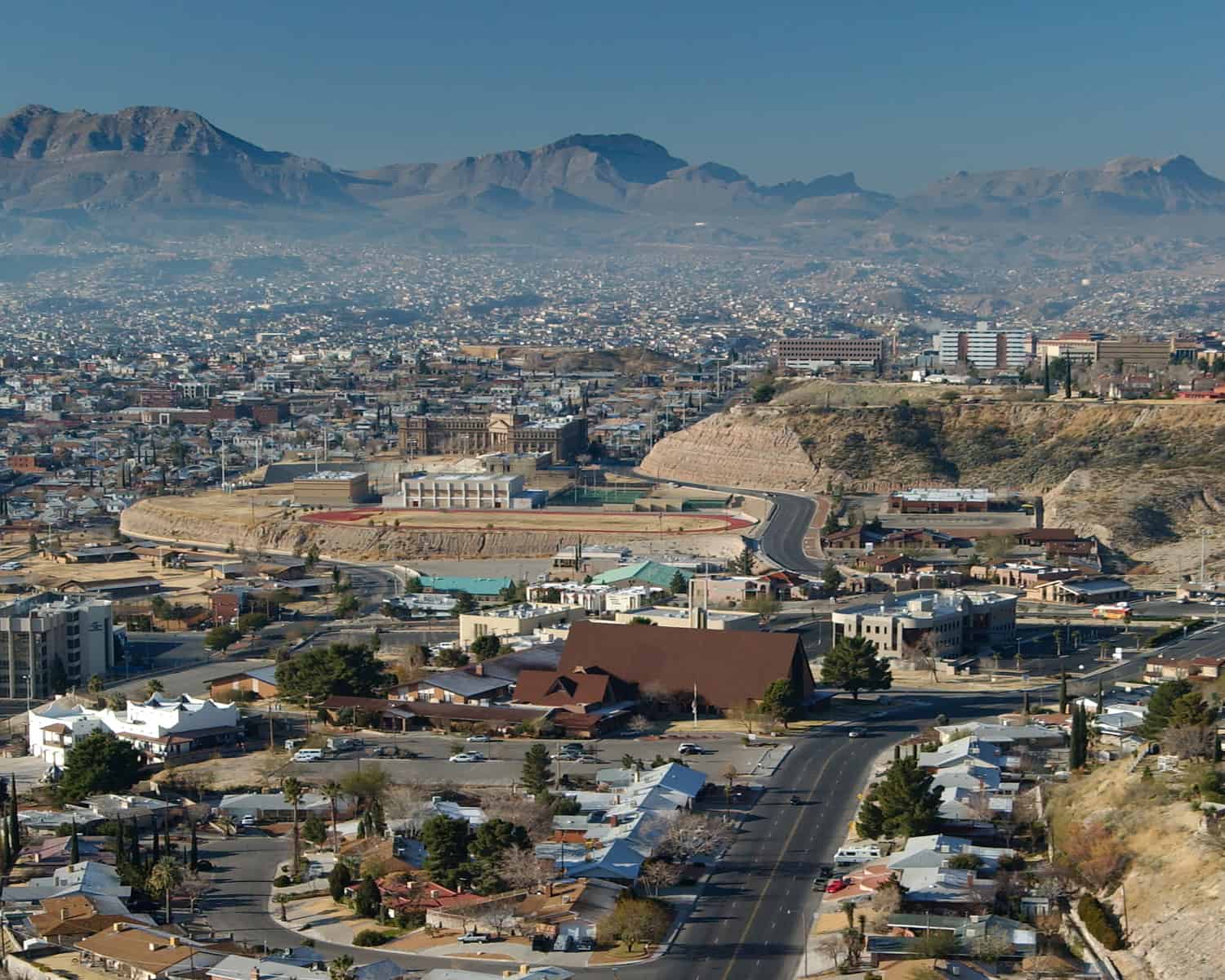Net Zero by 2050: What Does it Mean and is it Possible?

Regardless of what part of the world you call home, it is more than likely that you've experienced some odd weather patterns in recent years. Whether it be heavy snow in Texas or dangerously high heat waves in Europe, the world's climate seems to have taken on a new and unpredictable path. But why is this happening? And at this point, is there a way to get things under control?
The world functions and sustains life through a series of fine-tuned and balanced systems. Much like the portions of ingredients to make bread, if these systems aren't in equilibrium, the whole thing can go to ruin very quickly. Something as seemingly simple as too much heat in the atmosphere and increased water in the oceans can lead to everything from increasingly acidic and warm seas to changes in currents, abnormal natural disasters, and more.
What is Net Zero?
The greenhouse effect occurs when excess greenhouse gasses are released into the atmosphere. These gasses, which include carbon dioxide (CO2), methane, nitrous oxide, and fluorinated gasses, trap heat in the atmosphere, increasing its temperature. This excess heat causes complications because it is reabsorbed by the Earth's surface, primarily the world's oceans. Consequently, onsetting the consequences mentioned in light of rising temperatures.
The greenhouse effect in the Earth's atmosphere is attributed primarily to human activities. CO2 is the main greenhouse gas emitted into the atmosphere through industry, transportation, agriculture, and other sectors. As stated by the United Nations, to maintain a livable planet, the atmosphere's temperature can not exceed 1.5° C above the atmospheric temperature as it was in the 1800s, before the Industrial Revolution. This timeline is significant because prior to the industrial revolution, the CO2 and other greenhouse gasses emitted into the atmosphere were released in moderation with little human influence, resulting in a constant temperature.
Therefore, to reduce the impacts of global warming, nations around the world have pledged to adjust their methods and activities to reach net zero carbon emissions or carbon neutrality by the year 2050. If accomplished, this achievement will put the world in a better position to thrive while reducing the environmental catastrophes that are bound to come about if global warming continues to increase at today's pace.
Will this be enough?
With some of the major emitters of CO2, including The United States, China, and The European Union pledging to reach net zero by 2050, hopes are high that the goal will be reached in time to reduce significant climate change in the future. However, the failure to kick things off on a strong foot and projected increased greenhouse emissions for the next couple of years are troubling to many. At the end of the day, nation leaders and civilians alike must consider the planet's health and the quality of their future when participating in activities and establishing their lifestyles. Support for unsustainable practices can provide for an unstable and unpredictable climate in the future. Therefore, the consequences of our actions must be taken seriously to make net zero by 2050 possible. To learn more about the world's natural resources and how to live a more resourceful life, visit Resourcfefulness.org and don't forget to follow us on Facebook and Instagram.


